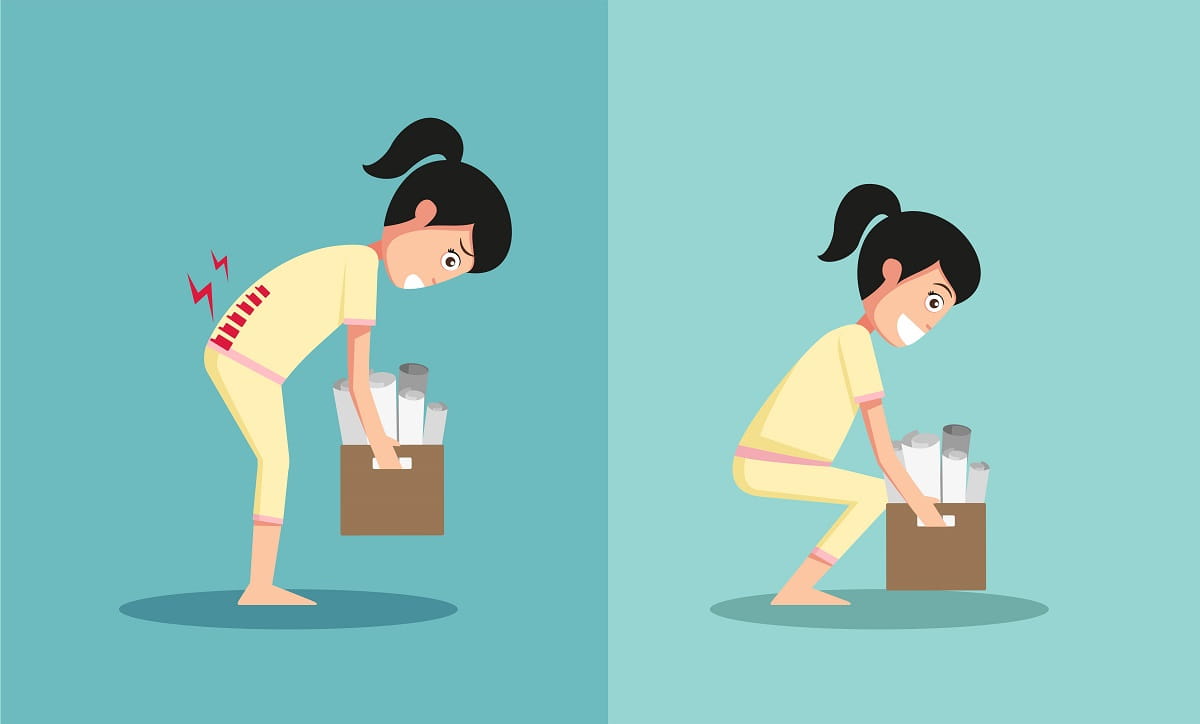"Pick Me Up!" Safe Lifting Techniques for Your Kids (and Everything Else)

When it comes to the correct form for lifting heavy loads, consider following the lead of someone who often IS the load: your toddler. They may still be figuring out how their bodies move in space: for example, how to run or throw a ball, but toddlers have the proper lifting technique down pat. “Toddlers naturally lift properly by keeping their backs straight as they squat and then lifting straight up using their legs,” says KinderCare Education’s Workers' Compensation Director Stephanie Kuntz.
Everyone Belongs In Our Circle
At KinderCare, we’re committed to building warm, welcoming and supportive classrooms for children of all abilities, backgrounds and experiences.
Find a center near youIn fact, according to a recent article on National Public Radio, people in many other cultures around the world have never strayed from the proper form. However, many of us in the United States need to relearn the technique we knew when we were two.
Good form is essential for moms, dads, and anyone else who’s frequently lifting up a child—or boxes of diapers, bins of toys, overflowing grocery bags, piles of laundry, and oh-so-much more.
Before you lift, remember to always keep your back straight, avoid twisting, hold the load close to your body, and move smoothly.
How to Lift Children (And Everything Else)
1. Get a good foundation by placing your feet shoulder-width apart, with the load between your feet. (If your legs are closer together, you’ll lack stability and leverage, and will be more likely to round your back and tense your neck as you lift.)

2. Resist the temptation to bend at the waist to pick up your child (or a box of toys)! Instead, squat down with your chest forward and your buttocks sticking out. This is so important! (In fact, bending at the waist even to pick up lightweight objects or just to talk to a pint-size tot can put strain on your back; squat or kneel instead.)
3. Stay loose and neutral. Keep your spine straight and head/neck relaxed and in a neutral position. Your goal is to engage and lift with your thighs—not your back.
4. As you squat down (or stand up again), feel free to get extra support by using a hand or elbow on your thigh, wall, or piece of furniture if able, as it can take some of the compression and strain off of your lower back.

5. Even as you are lifting your child, keep them close to your body. Reaching out to lift them up will put a strain on your back.
6. Keeping your back straight and head facing forward, engage your legs and straighten to a standing position.
7. Remember to keep your body facing your child during the whole movement. Remember, do not twist your body at any point while lifting, as this can also strain your back.
A Lifetime Of Confidence Starts Here
Our teachers help every child build the confidence they need to try new things and explore the world around them.
Search for a center near youWhile a 7-step bending process seems tedious and unlikely to occur every 100th time a day you are lifting up your child, know that the more you do it, the more it becomes a habit. Why? Because it feels so much better on your back. And your back might just be the little nudge or reminder you need throughout the day.





